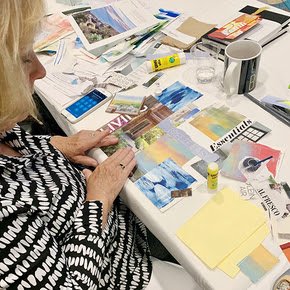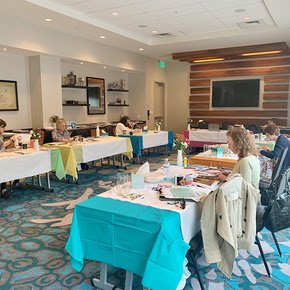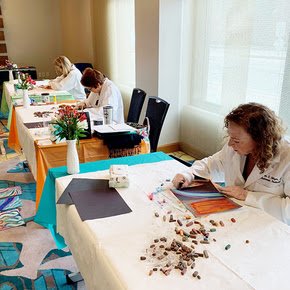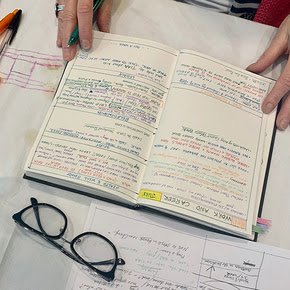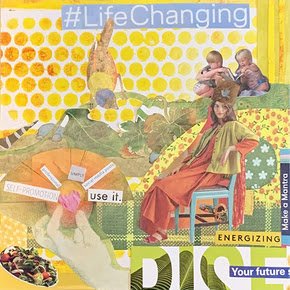This is what taking time for yourself can unlock
/How do you show up for yourself?
Do you prioritize your health?
Do you make happiness a clear focus?
Do you also make space to deeply explore what you desire, what your heart yearns for?
And if you have connected to a deep passion, purpose or desire, have you taken the time to create a clear vision for your future where those desires will be a focal point in your life?
The last two are questions that many women fail to consider. In the midst of a busy life, they focus on what needs to be attended to and squeeze in a bit of self-care and things they enjoy where they can.
And, as the days, months, seasons and years roll along, they often come to realize that something has been missing.
What can happen when you take time for you
Last week at my annual Live Big Live! Retreat, an intimate group of remarkable women came together to explore their biggest desires and create powerful visions for the next part of their lives.
These women made rich connections. As we moved through a 3-day process that included exploration and creative experiences that opened them to insights and awareness, they supported one another to bravely go into their hearts and mine for what matters most to each of them now.
These three examples illustrate what can emerge when you devote a few days of your life to yourself:
One woman…
surprised herself by realizing she is ready to do something bigger and braver than she ever has before. And, even as she shared that she was intimidated by that audacious desire, she declared that she was going to move forward with “baby steps” rather than pull back from fear.
One woman…
realized that her passion for helping other women who are moving through, or are on the other side of abuse, is something she wants to combine with her professional work. She’s not yet sure of how it will happen. She is sure that she will explore and get help and find a way to have the bigger impact she feels is her life’s purpose.
One woman…
discovered that while she came to the retreat with one intention, she realized a need to significantly build self-love — and that learning to fully love and appreciate herself will facilitate her ability to bring her other desires into the world without doubts or struggle.
Here is what one of the retreat participants told me:
“I found what I truly want to create in my life. We all only get one!
And I am ready to articulate it clearly and make it real now.”
Are you ready to create your biggest life?
Choosing yourself — to experience the deep impact of going on a retreat, or to work with a coach — can help you move forward with clarity and focus, to live your best, most satisfying and meaningful life.
The photos below will give you a glimpse into what the Live Big Live! Retreat looked like.
The next retreat I am leading with be L’Aventure Française. It’s a 12-day experience in Paris and the French countryside that was a life-changing experience last year and will be spectacular this fall, October 7 through 20.
I would be delighted to tell you all about that, or explore other ways I may be able to support you to step into all of your creative power and live the passionate life you dream of
Schedule a chat with me here.
















































